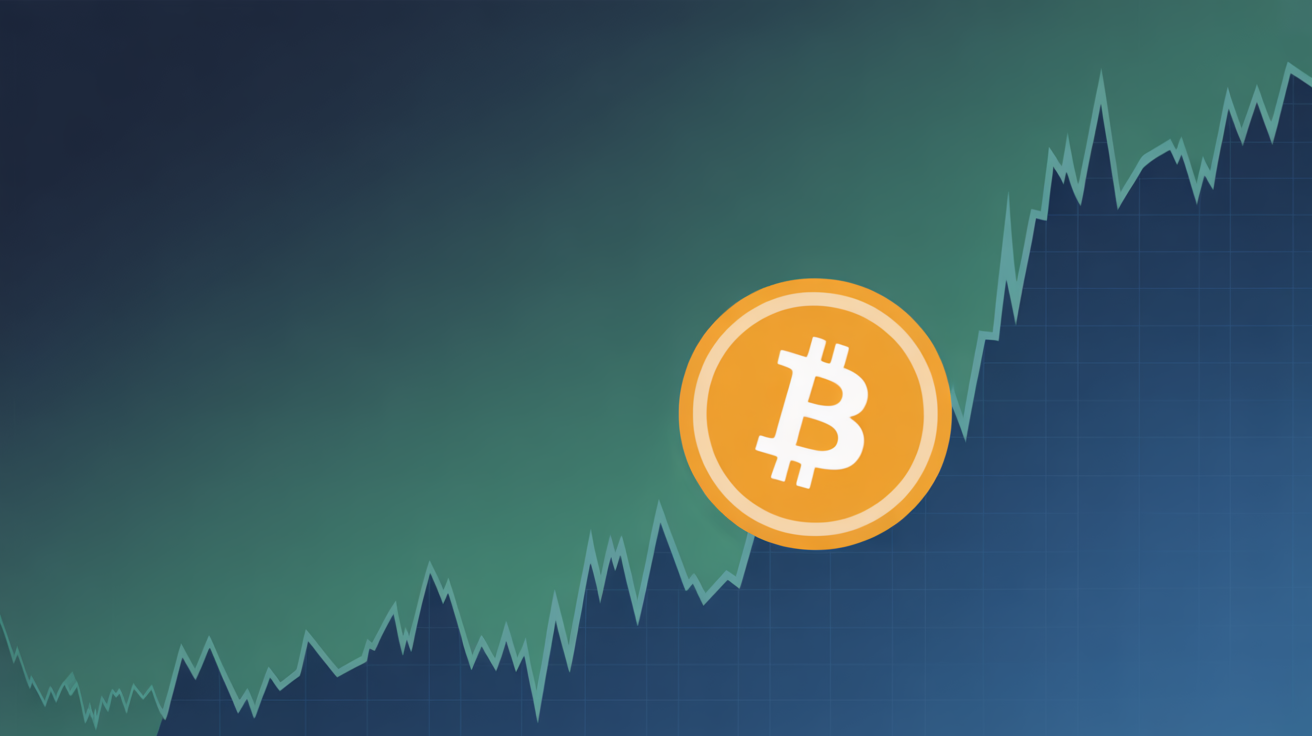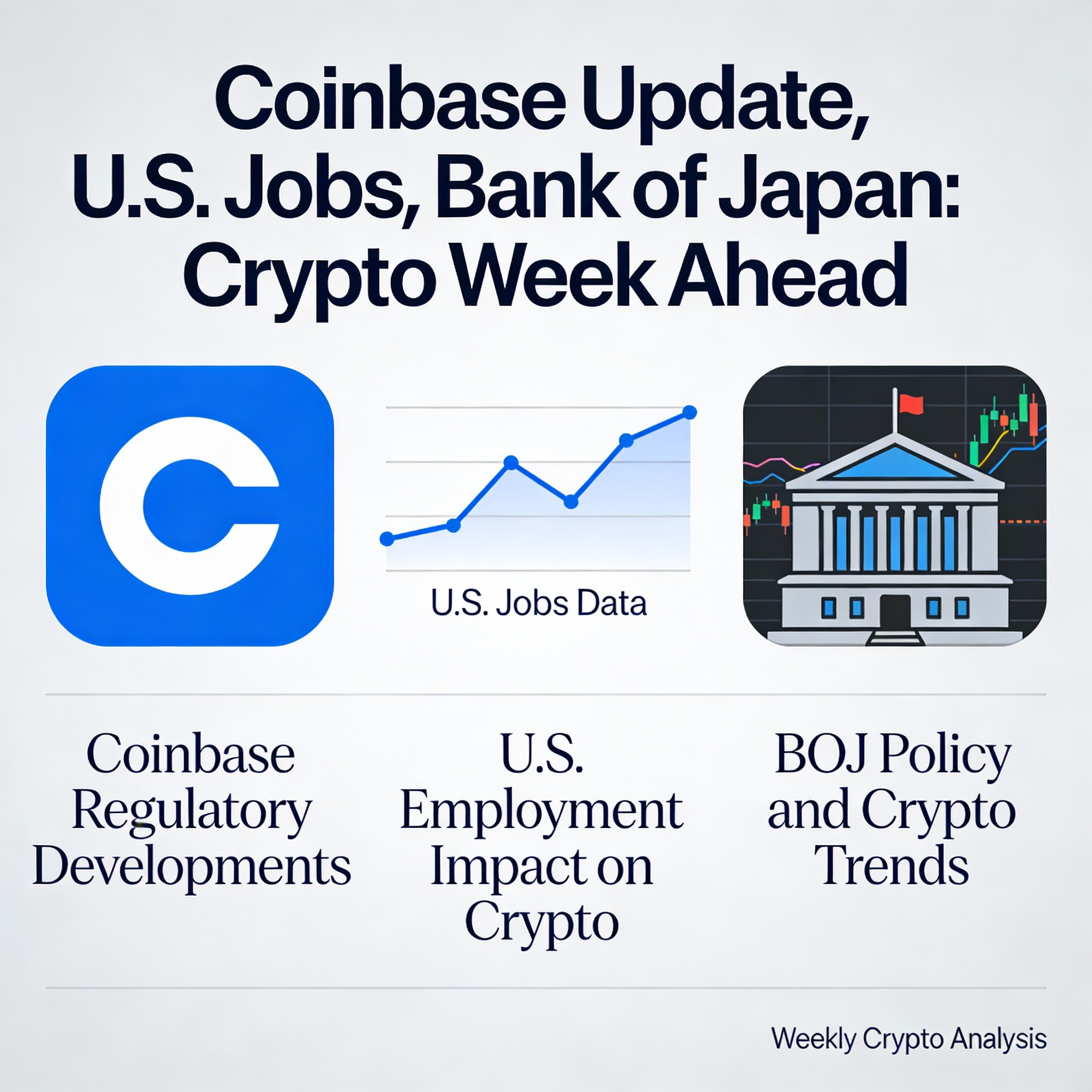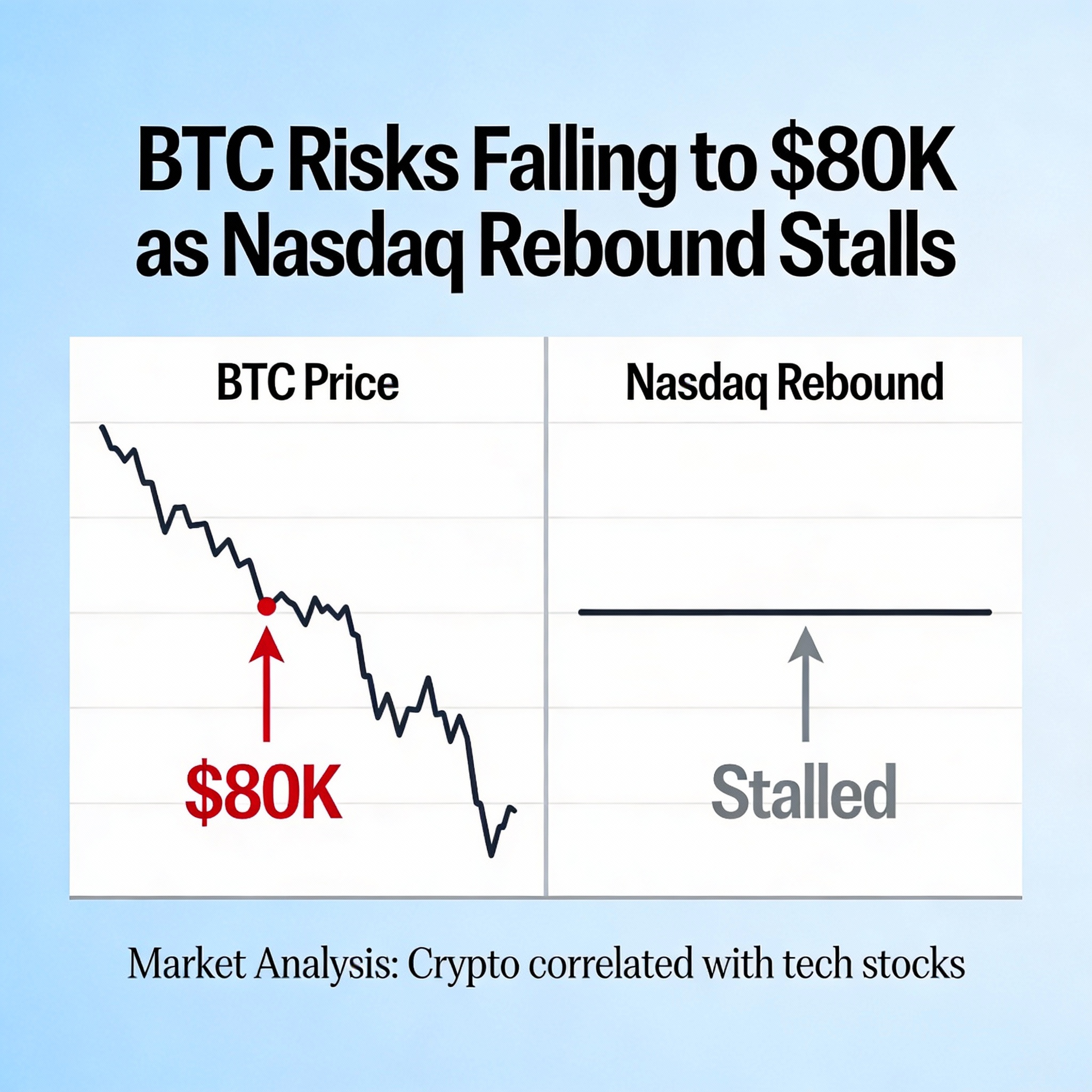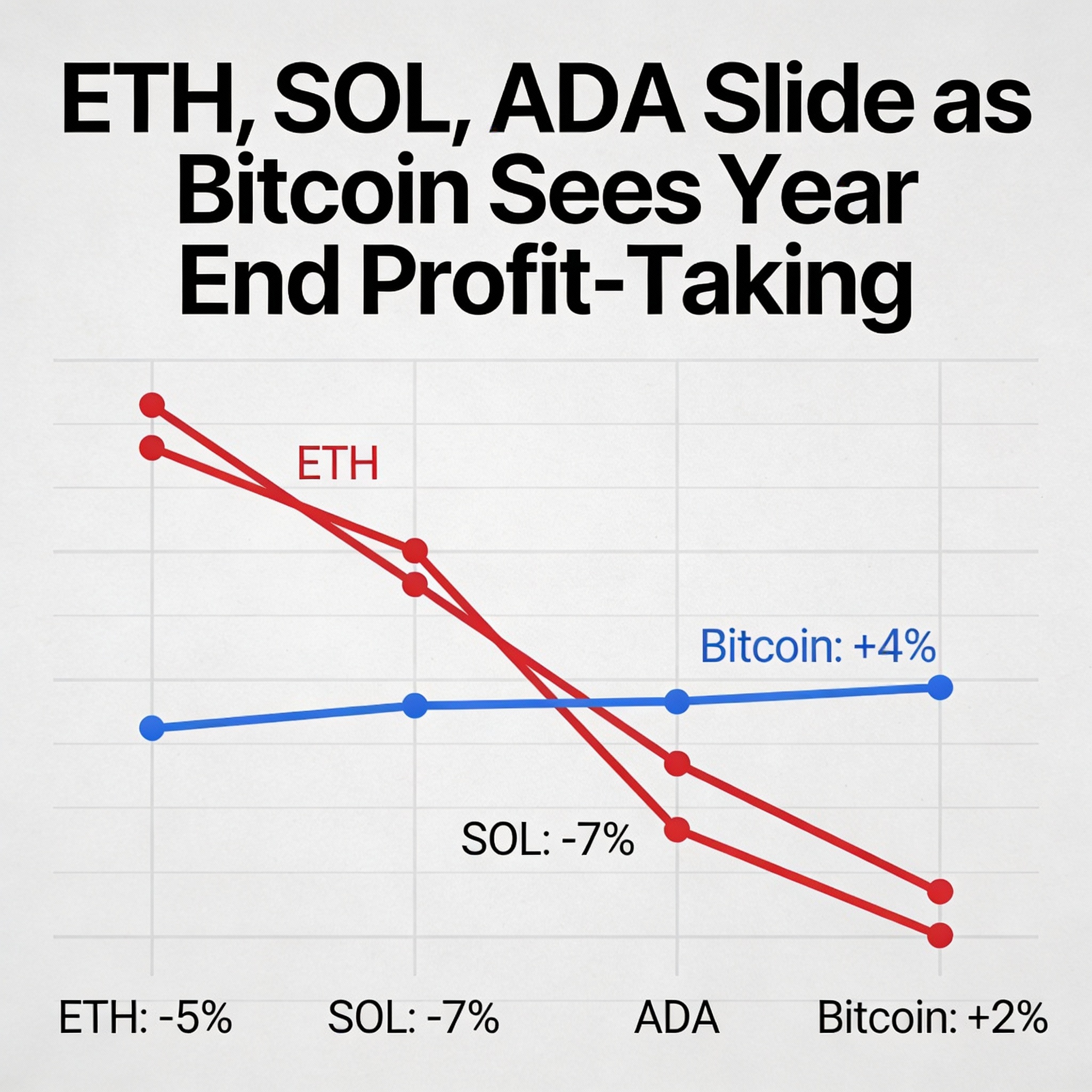
Bitcoin Implied Volatility Hits 2.5-Month High as Seasonal Strength Kicks In
Bitcoin’s (BTC, $118,200.49) implied volatility (IV) has surged to a 2.5-month high, reflecting both recent price momentum and historical seasonal patterns pointing to a strong Q4.
Volmex’s Bitcoin Implied Volatility Index (BVIV), which tracks annualized expected price swings over four weeks, topped 42% — the highest since late August, according to TradingView. IV measures market expectations for future price moves based on options pricing, with higher readings signaling anticipation of larger fluctuations ahead.
The BVIV climbed alongside Bitcoin’s recent upswing, despite the pullback from record highs above $126,000 to around $120,000.
Bullish Seasonality
Historically, BVIV tends to rise this time of year. Both 2023 and 2024 saw significant October volatility spikes, highlighting a recurring seasonal trend. CoinDesk Research notes that 2025’s setup closely mirrors 2023, when IV surged from roughly 40% to over 60% in the second half of October. Spot price trends follow suit, as historically, the latter half of October delivers stronger returns than the first.
Data from Coinglass shows Bitcoin has averaged roughly 6% weekly gains in this period, with November historically delivering the best performance, often exceeding 45% returns. Analysts expect IV to continue climbing in the coming weeks.
Broader Market Context
Since late last year, BTC’s IV has often risen during price pullbacks, reflecting a classic inverse relationship between volatility and price. While Bitcoin’s long-term price trend has been upward, the BVIV model shows a gradual decline in implied volatility over time, consistent with the maturation of BTC as an asset.























